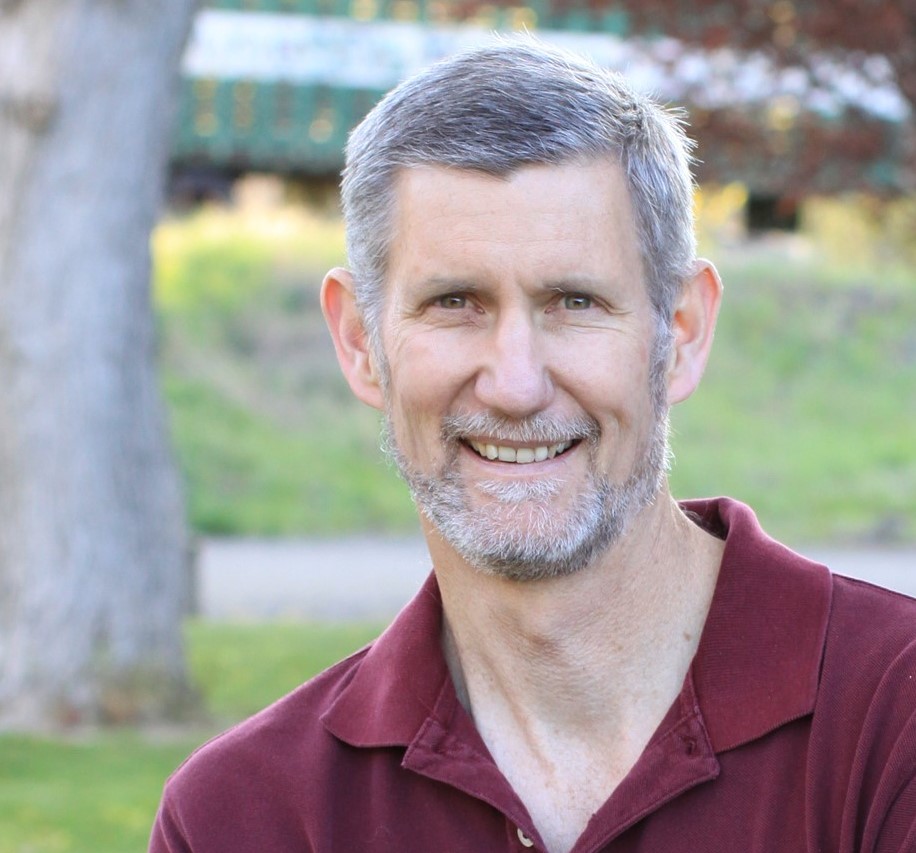
Senior Associations - AARP, ASA, AMAC
When you think "AARP", you think discounts for meals and travel, prescription drug programs, Medicare insurance - and the "gray panthers." While widely hailed for the benefits they extend to their 37 million members, it is the last item, political activism that has sparked a change. By taking political stands on highly controversial issues, especially on the Affordable Care Act popularly known as Obamacare, they have angered half of the senior population . This has led to an exodus away from the largest senior organization toward a pair of new organizations seeking to capitalize on the discontent.
AARP
Quoting the organization itself, "AARP is a membership organization leading positive social change and delivering value to people age 50 and over through information, advocacy and service." Founded in 1958 as an out-growth of the National Retired Teachers Association, it's original purpose and still it's core business is not in providing discounts to senior but to sell insurance.
AARP is very active politically and has been actively promoting the continuing growth of benefits to seniors. One of the criticisms of the organization has been the liberal focus of it's policy positions. On a range of issues, from retirement programs to taxes, AARP is consistent on positioning itself to the more progressive end of the political spectrum. Indeed, on inter-generational issues, AARP has advocated policies that while protective of their core constituency, are arguable damaging to the country as a whole including continued opposition to privatization of social security despite the fact that the system is clearly in long-term decline and is unsupportable as is the case with the current structure of Medicare. In both cases, the AARP position is effectively to tax all other individuals regardless of age to provide the benefits to the current retirees and those that are close enough to retire to benefit before the system collapses.
In 2009, AARP actively began supporting legislation that would eventually evolve to be the Affordable Care Act (Obamacare) angering much of the senior population. While publicly proclaiming that it was non-partisan, the plan that it supported was the most partisan piece of major legislation ever to pass through Congress.
Given that AARP is primarily an insurance company, the support of the ACA was a clear conflict. Indeed, the health plan ultimately passed contained cuts in Medicare that seniors rely on but the mandatory participation in the healthcare marketplace - enforced with a tax that would be devastating to much of the 50+ age population that AARP claims to represent - should serve to increase revenues for the insurance arm of the organization. This presents a clear conflict of interest. Approximately 60,000 members resigned in protest from AARP at the time.
AMAC & ASA
One of the beneficiaries of the dissatisfaction with AARP was the Association of Mature American Citizens. With a base of approximately 300,000 members, AMAC actively promotes not just the benefits packages that AARP delivers but also conservative activism. This activism includes not just working with the senior population and issues directly related to it but also includes specifics on hot-button social issues such as abortion and immigration.
As with AARP, AMAC has insurance as its base business and offers programs that in general are comparable to AARP. Included are life, health, Medicare, dental and auto insurance.
The American Seniors Association (ASA), founded in 2005, is similar to AMAC though less visibly active in their conservatism. Again, the funding for the organization is through insurance. The core principles for the ASA can be found in their "Four Pillars" which address Medicare, Social Security, Illegal Immigration and Tax Reform.
One significant difference ASA offers is a more tightly structured benefits system which does not have the range of discounts offered by AMAC and AARP. Where the other organizations focus on creating discounts in entertainment and dining, ASA stays unabashedly focused on the core services.
Cost for each: AARP, $16; AMAC, $15; ASA, $15.
Westchester County Wins A Top Aging-in-Place Award
I'm not sure that I buy this. One thing that the article is short on are specific details on what entails a successful aging-in-place community. Given that this is being given to one of the toniest 'burbs in New York and is coming from AARP that never has seen a tax on the young that it didn't support - provided of course the benefits went to seniors; taxes on the young for the young don't concern them unless it sucks too much money away from their prized objectives.
New York's boomer population is, well, booming and as the 50+ population across the state and nation continues to soar, municipalities are faced with an array of issues from planning to public policies. Today, at the 21st Annual Golden Harvest Awards in Tarrytown, AARP honored Westchester County with a top designation for its innovative approach in tackling issues facing the 50+, naming the county a World Health Organization's age-friendly community.
A look at the website for The Center for Aging-In-Place shows that they have an impressive amount of organizational activity and volunteer recruitment. What's missing are details on home modifications and such that are needed for the aging-in-place community. It's nice to give someone a ride but people spend a huge amount of time in their homes. Aging-in-place should most directly addresses that.
But that is the hard problem. Modifying a house is a potentially expensive issue and determining the most cost-effective means to improving the safety of the homeowner - often female, often living alone -takes time, talent and knowledge. One of the primary issues that I have with the programs that I have seen so far it that they either look at government solutions that sound good on a regional basis but fail to get to the nitty-gritty of actually making changes in the individual's home or, much worse and fortunately rarer, the unscrupulous contractor that is looking to separate the senior citizen from as much cash as possible, as quickly as possible.
Aging-in-place means just that. Working with the senior citizen in their home, modifying it as most feasible, to allow them to spend their remaining years at home.
It's not a cab service, garden club or a goldmine. It's about homes - not houses - and the loved ones that live there.
Preparing for Winter
Preparing for winter when you're a senior or approaching that time of your life entails a bit more planning than when we were 22 and invincible. Winter isn't yet snarling and slashing the windows with sleet but it's lurking close by. It's 40 degrees outside this morning and 32 up in Pullman and Moscow. It won't be long.... A couple of thoughts on winter preparation for those of us not invincible.
Servicing the Furnace
It time. You should be servicing the furnace at the beginning of every winter before the worst of the weather gets here. If I've learned anything in a half century, it is that Murphy's Law is the true controlling force of the universe.
If you don't get it serviced and it fails, it will do it at the worst possible time - the day before Thanksgiving or Christmas or during a blizzard. So, call up your heating company, have them tune it up for the winter and swap the filters so you have a clean one headed into the closed house season.
Arrange for Snow Removal
If you are no longer able to shovel your own sidewalks and steps, get help. Set it up ahead of time so that when it snows, you're not calling the same person that 47 other people are calling. Somebody isn't going to get helped if they wait. Don't let it be you. Preparing for winter means not waiting until the last second.
By the way, this doesn't have to be a paid service. I shovel the walkway for Darlene, my neighbor two houses down, every year. We don't get much snow and I am still pretty fit so it's a task that doesn't overwhelm me. Talk to your neighbors and your church - see if they would be willing to lend a hand.
Stock Up on Supplies
Earlier this year, large parts of India suffered huge power outages. The Indians were used to having power outages and were prepared. We're not nearly so use to outages but we can expect far more of them than in the past. When the outages hit the East Coast this summer, they were devastating.
Our power transmission system was built in the fifties and sixties. It's getting old in many places and we haven't done some of the upgrading that would "harden" the power grid and protect it. It's vulnerable to everything from winter weather to solar flares. Add to that, we are losing a huge amount of power generation due to EPA regulations and we can expect more outages.
Have extra food on hand that doesn't need to be cooked. Have a second source of heat in your home. If you are relying exclusively on electricity, you have the potential to be left shivering in the cold. As always, you should have extra batteries, working flashlights, a safe supply of all your medications (enough to last at least a week). Preparing for winter means preparing for the unexpected.
Check In
Have a time and day set up to check in with friends or family especially if you are living alone. If you need to, set up with a service that will check in with you. Let people know that you are okay. It won't just potentially save you in an emergency - it will give your loved ones a small measure of peace of mind. It's hard to admit that we may need a bit of looking after but we all do, to one degree or another.
Do the little things now to make this winter easier to manage. It wouldn't hurt to hope for an early spring....
ADA Compliance lawsuit closes restuarant. Adios, Fords Burgers.
A 50 year old burger joint in California gets sued by a lawyer over ADA compliance issues. The owners don't have money to upgrade the entire restaurant so they're shutting down. The issue that forced the ADA compliance problem was counter tops that were too tall to meet the standard in the 50 year old building the restuarant was located. Sadly, the ADA (Americans with Disabilities Act) is subject to enormous abuses which diminishes the good it can accomplish. Unfortunately, when lawyers can initiate lawsuits on their own behalf to provide for the enforcement of the ADA, there is a natural tendency for some (a small minority, really) lawyers to enrich themselves while claiming good intentions.
ADA compliance is also notoriously hard to manage because of the complexity of the regulations and the lack to trained people to help businesses identify and correct issues prior to the lawsuit.
ADA Compliance Surveys
If you have access to an ADA compliance consultant, I urge you to meet with them regularly to protect yourselves. A good consultant will analyze your building, generate a report and, in many cases, follow up with you and your facilities maintenance personnel to ensure that you are in ADA compliance.
In the State of California, you can locate ADA Compliance inspectors at the CASp website. CASp stands for Certified Access Specialist, a voluntary certification program.
Washington State License #215
Former SBCC Member, Former Chairman State Home Inspector Advisory Licensing Board.
